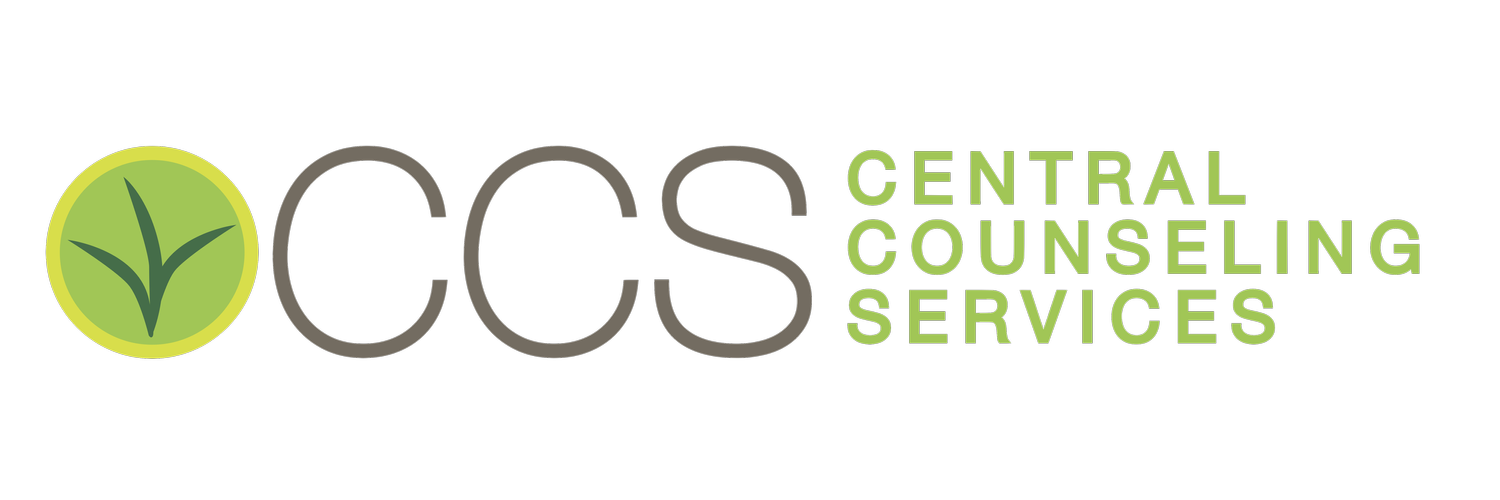Building Resilience in Challenging Times by Rose Cabral, AMFT
If you've lived long enough, you know that life can be tough—sometimes overwhelmingly so. It is rare to find someone who hasn't thought, "I’ve felt so low that I didn’t want to go on." Let’s be honest; most of us have been there at some point. The important question is, where do you turn for help when you're at your most vulnerable? Who do you have in your corner? These are crucial considerations that should be part of a safety plan. Yes, a safety plan. You might be thinking, "I doubt I'll ever feel that bad. Why would I need a safety plan?"
When it comes to our physical health, we understand the importance of preventive care. We go for annual checkups and are advised to have an advance directive, a living will, and a durable power of attorney for health decisions. We do this to be prepared for a crisis. So, why not apply the same foresight to our mental health? Imagine getting a call that changes everything—a loved one is in a serious accident, you lose your job, or a family member passes away. You’re reeling from the news and feeling disoriented (Kanel, 2018). Would your loved ones know how to support you in such a moment? A safety plan outlines what matters most to you in a crisis.
Suicide National Statistics
Suicide is the 12th leading cause of death for all ages in the United States (Garnett, Curtin, & Stone, 2022). According to the CDC National Center for Health Statistics, the overall suicide rate for both males and females was surprisingly lower (a 5% decrease) in 2020 over the rate in 2018 and 2019 (Garnett, Curtin, & Stone, 2022). However, in an age-adjusted report for 2021 by race and ethnicity, non-Hispanic, American Indian or Alaska Native persons indicate the highest change from 2018 to 2021 with a 26% increase (Stone, Mack, Qualters, 2021). Also significant, is the age-adjusted increase among non-Hispanic Black or African American (Black) persons with a 19.2% increase and Hispanic persons with a 6.8% increase (Stone, Mack, Qualters, 2021). White persons were the only group to show a decline of 3.9% (Stone, Mack, Qualters, 2021).
Why a Safety Plan is Important
When a person experiences a sense of extreme agony of heart and mind, a plan of resources can make a significant difference (Michall, 2021)—one key element to include is how you push back on hopeless negative thoughts in your daily life. A safety plan includes identifying your signs of hopelessness that can lead to suicidal ideation including your triggers. Also, important is information on how you distract yourself from hopelessness and suicidal thoughts. Additionally, who or what do you turn to for support e.g. a close friend, relative, pet or spiritual source? Who would you want contacted such as friend, therapist, a spiritual leader, or general practitioner? What items are in your home that could endanger you (medication, guns, knives, etc.) that a loved one should remove? Where are they located? (Michall, 2021). All of these items are thought about when you create a safety plan. Safety plans are created when you are not upset or under distress and not thinking well. Click here to create your own safety plan.
Work Towards Healing
Those who have experienced loss (death, health, job, relationship, etc.) feel the world has stopped and life is passing them by. Being in this state of mind will make you feel alienated, lost, and misunderstood. You feel you are traveling utterly alone. Who or what can touch you in a real way at that time? The answer is important in a time of crisis. Studies have shown that for good mental health humans need a sense of care, belonging, and empathy (Rokach, 2024). Therefore, establishing your “safe base” is your cushion at times of loss. The quality of relationships matters. Rubin is the first psychologist to explore which components are critical for a sense of sincere love: intimacy, attachment need, and caring (Rokach, 2024). Berscheid and Hatfield differentiated between compassionate and passionate love. Compassionate love includes friendly affection that leads to a sense of caring, trust, honesty, and respect whereas passionate love emulates the fire often betrayed in media of that physical arousal and sexual attraction (Rokach, 2024). In one study (Feher, 1988) people were asked to describe love. On the list were honesty, trust, caring, dependency, sexual passion, and physical attraction. However, the same people state that companionate love is primary whereas passionate love is secondary (Rokach, 2024). Therefore, as much as you are tempted to pull inwards at a time of crisis understand eventually you need to pull towards a trusting person(s) to help you process the loss. Staying close to your safe base (social support system) is a cushion where you find growth and eventual acceptance of your loss (Sarper & Rodrigues, 2024).
Where You Can Turn For Help
As part of your safety plan, why not post a list of crisis numbers for easy access for you, a loved one, a friend, or a neighbor? In honor of September being Suicide Prevention month, I suggest the following list:
988 Suicide & Crisis Lifeline: Call or text 988 to speak with a crisis counselor at any time.
National Helpline: Call 1-800-622-4357 for free, confidential treatment and referral and information services.
LACDMH’s Help Line: Call 1-800-854-7771 for mental health support, resources, and referrals.
FindTreatment.gov: visit the website to locate treatment facilities or providers.
FindSupport.gov: visit the website to learn how to get support for mental health, and drug and alcohol issues.
Central Counseling Services: (951) 778-0230, located at Riverside and Murrieta, California. Telehealth services are available.
References
Garnett MF, Curtin SC, Stone DM. Suicide mortality in the United States, 2000–2020. NCHS Data Brief, no 433. Hyattsville, MD: National Center for Health Statistics. 2022. DOI: https://dx.doi.org/10.15620/ cdc:114217.
Kinel, K. (2018). A Guide to Crisis Intervention, 6th edition. Cengage.
Michall, M. (2021). How can we work together to keep you safe? A simple and effective intervention that can save lives. The British Journal of General Practice, Bringing Research to Clinical Practice, 71(710), https://doi.org/10.3399/bjgp21X716909
Rokach, A. (2024). The Meanings of Love: An Introduction. The Journal Psychology, 158(1), 1-4. https://doi.org/10.1080/00223980.2024.2307284
Sarper, E., & Rodriques, D. L. The Role of Perceived Social Support in the Grief Experiences of More Anxious and Self-Compassionate People, 2024. OMEGA-Journal of Death & Dying, 0(0), 1-18. https://doi.org/10.1177/00302228241229484
Stone DM, Mack KA, Qualters J. Notes from the Field: Recent Changes in Suicide Rates, by Race and Ethnicity and Age Group - United States, 2021. MMWR Morb Mortal Wkly Rep. 2023 Feb 10;72(6):160-162. doi: 10.15585/mmwr.mm7206a4. PMID: 36757870; PMCID: PMC9925140.




